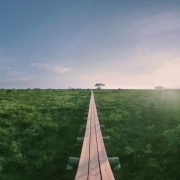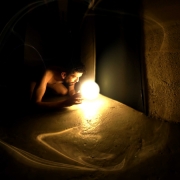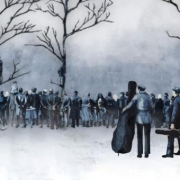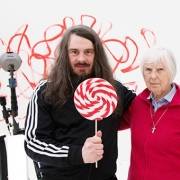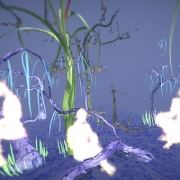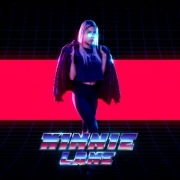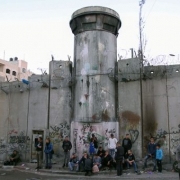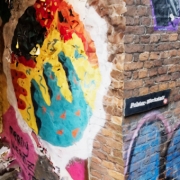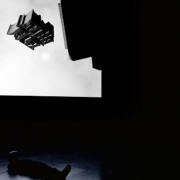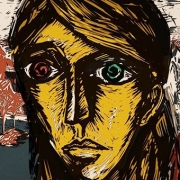This project combines the oldest and newest what we have – the immeasurable richness of untouched nature and the latest achievements in technology. The composition Raba was inspired by the profound beauty of Marimetsa bog in Estonia. Bogs, as the biggest reservoirs of clean water, carry also an association with the source of any life. The music is connected to Virtual Reality technology – views of Marimetsa bog were filmed with 360-degree technology and made into a carefully composed video layer, according to the development of music. The listener can hear the music deriving form from Marimetsa while visually being in the bog, simultaneously losing her/his body from the view. Listeners have described the experience as something extraordinary – the very simple yet powerful combination has created its own flux of time and indescribable sense of space. Audience feedback, such as “My best new music experience ever” clearly shows that the project is perfect for bringing new audiences to contemporary music without fear or prejudice.
___________________________
Director: Scott L. Miller & Ensemble U:
Estonia, 2017
